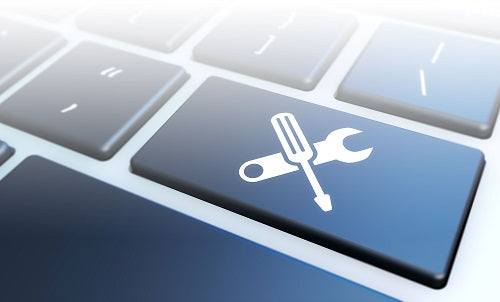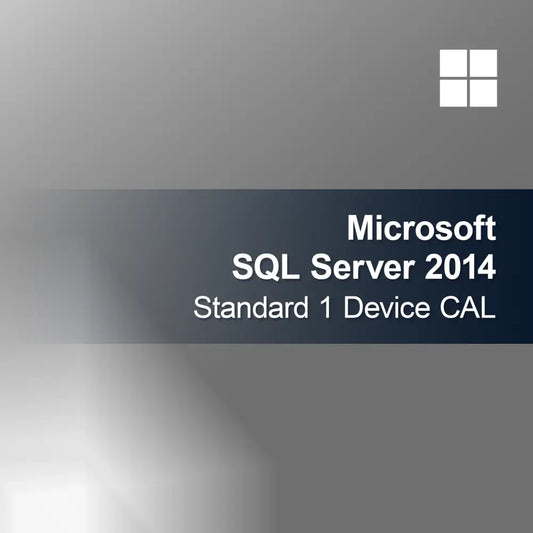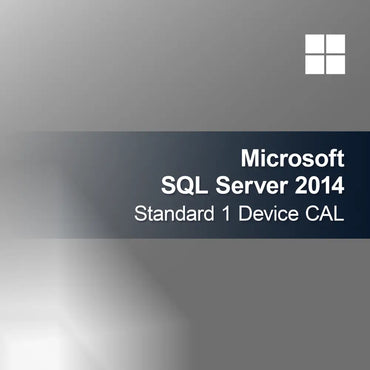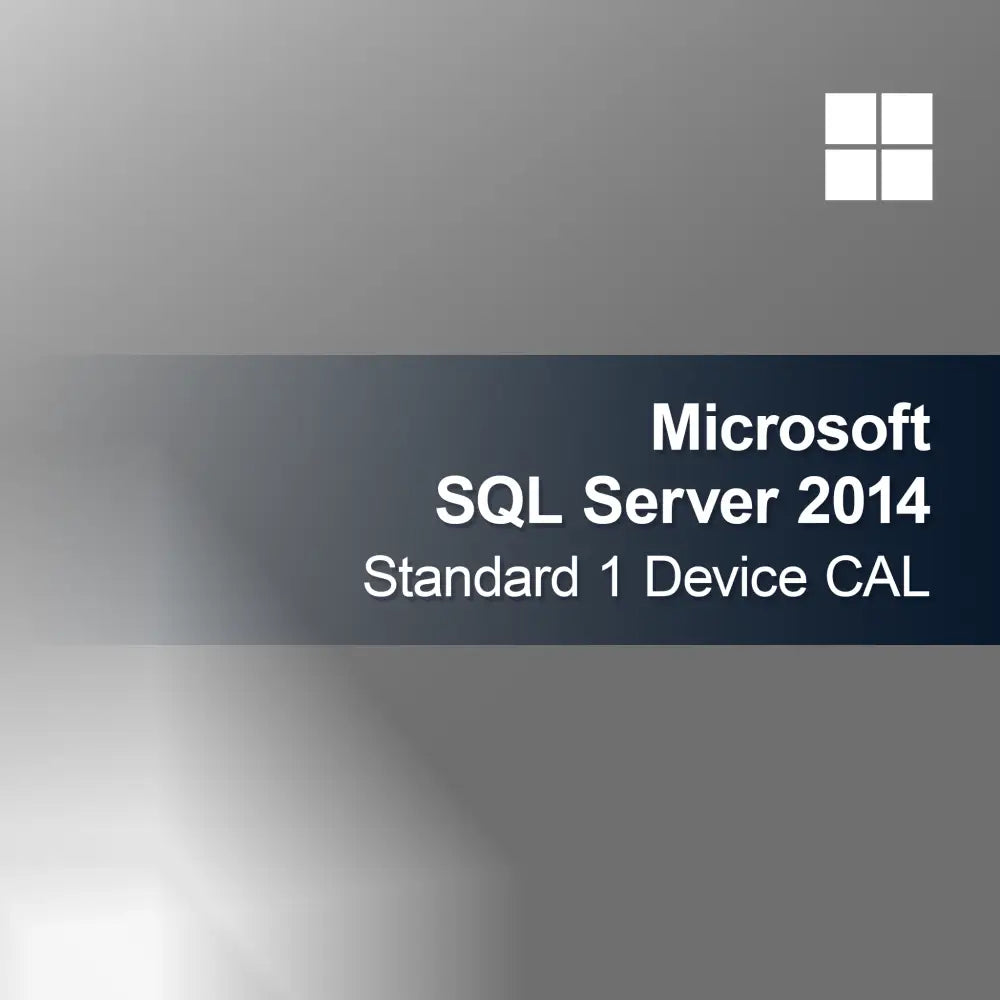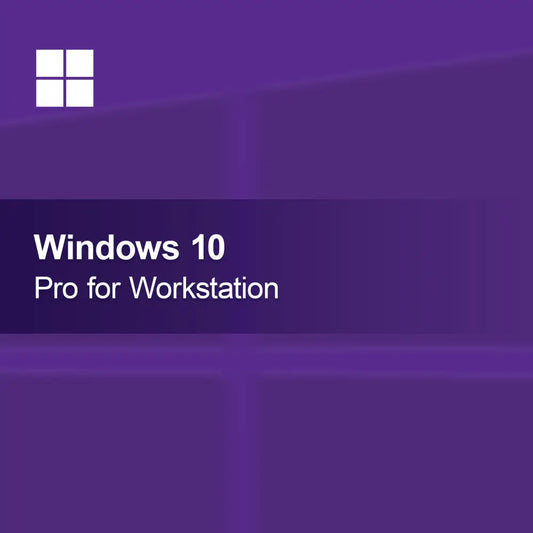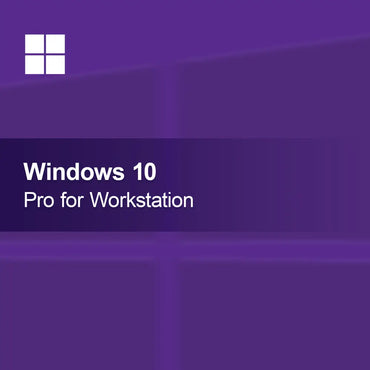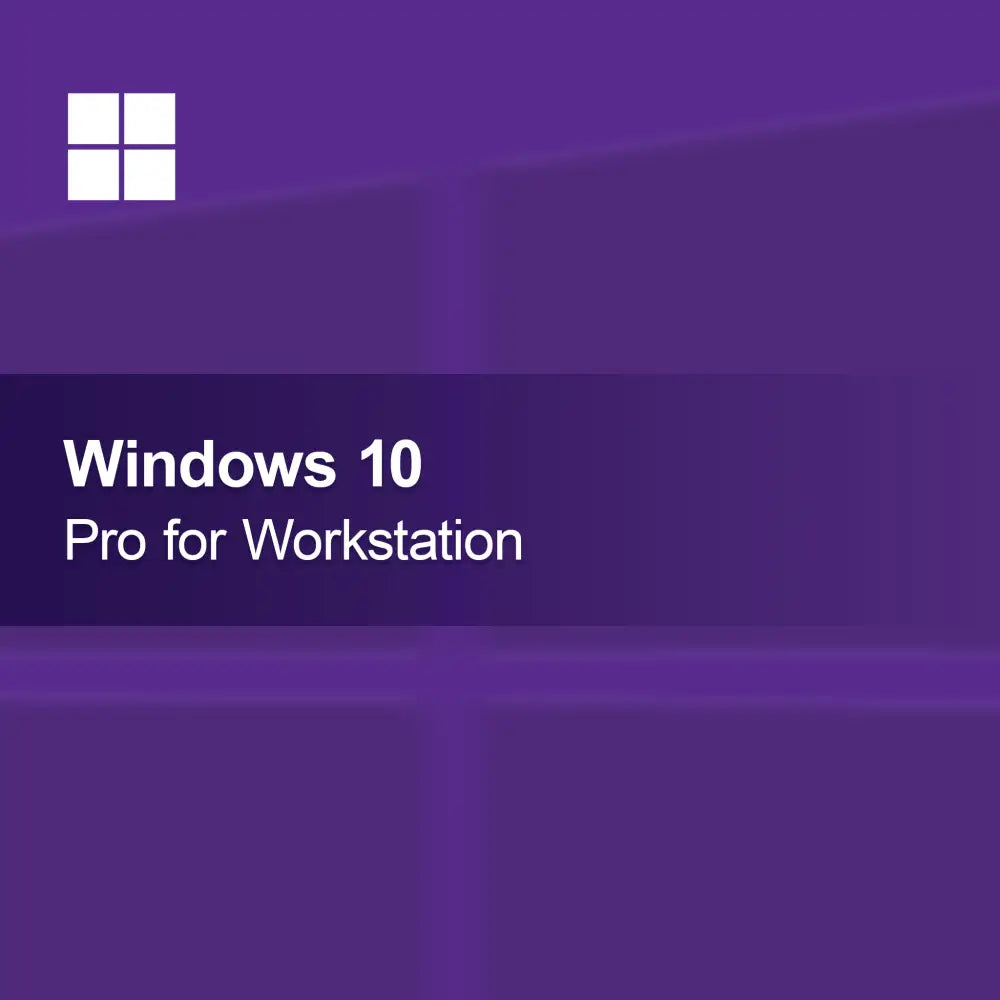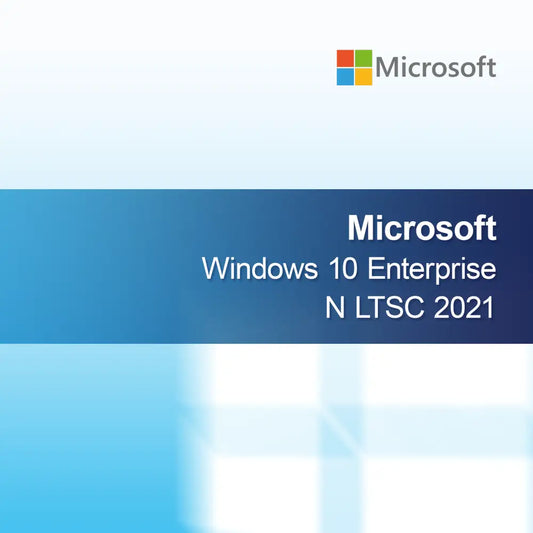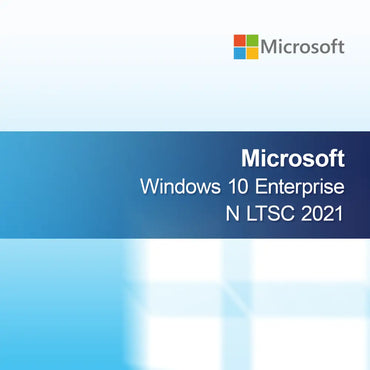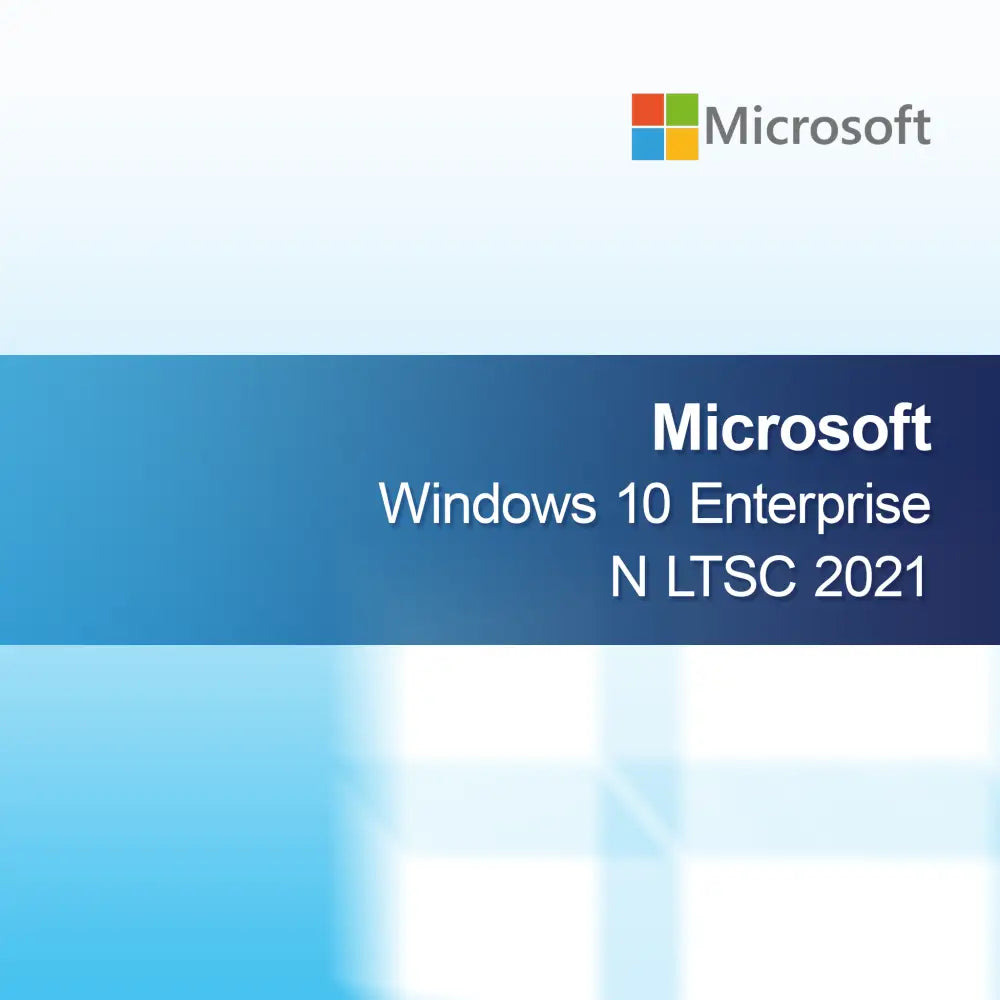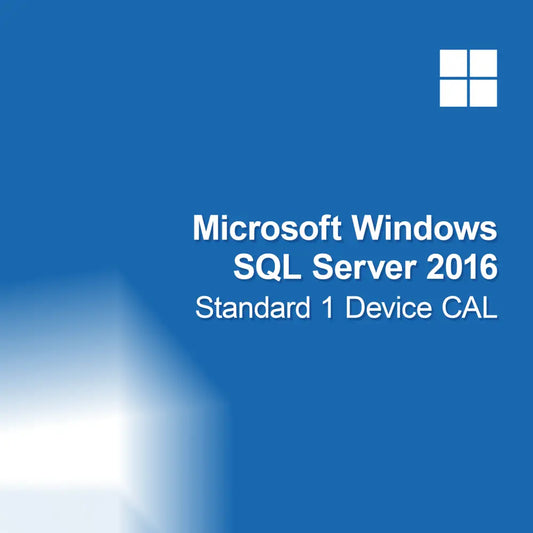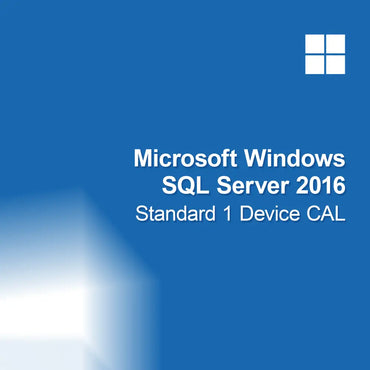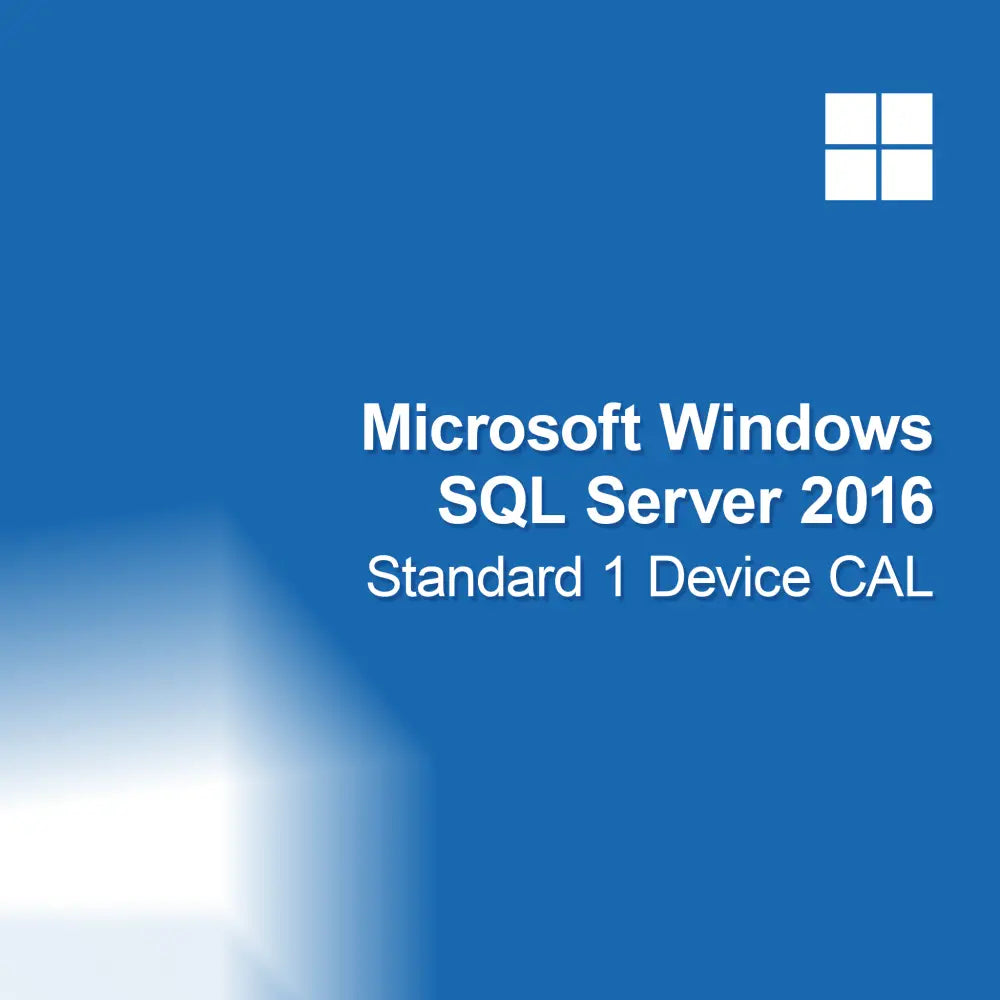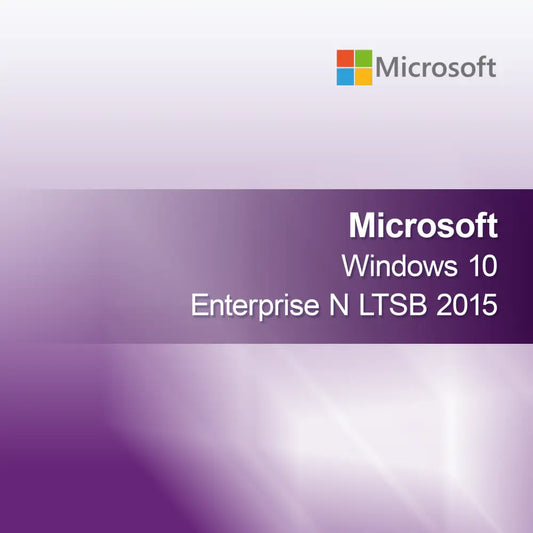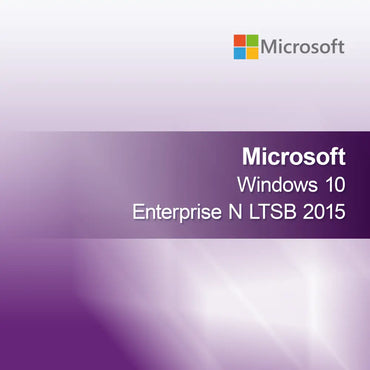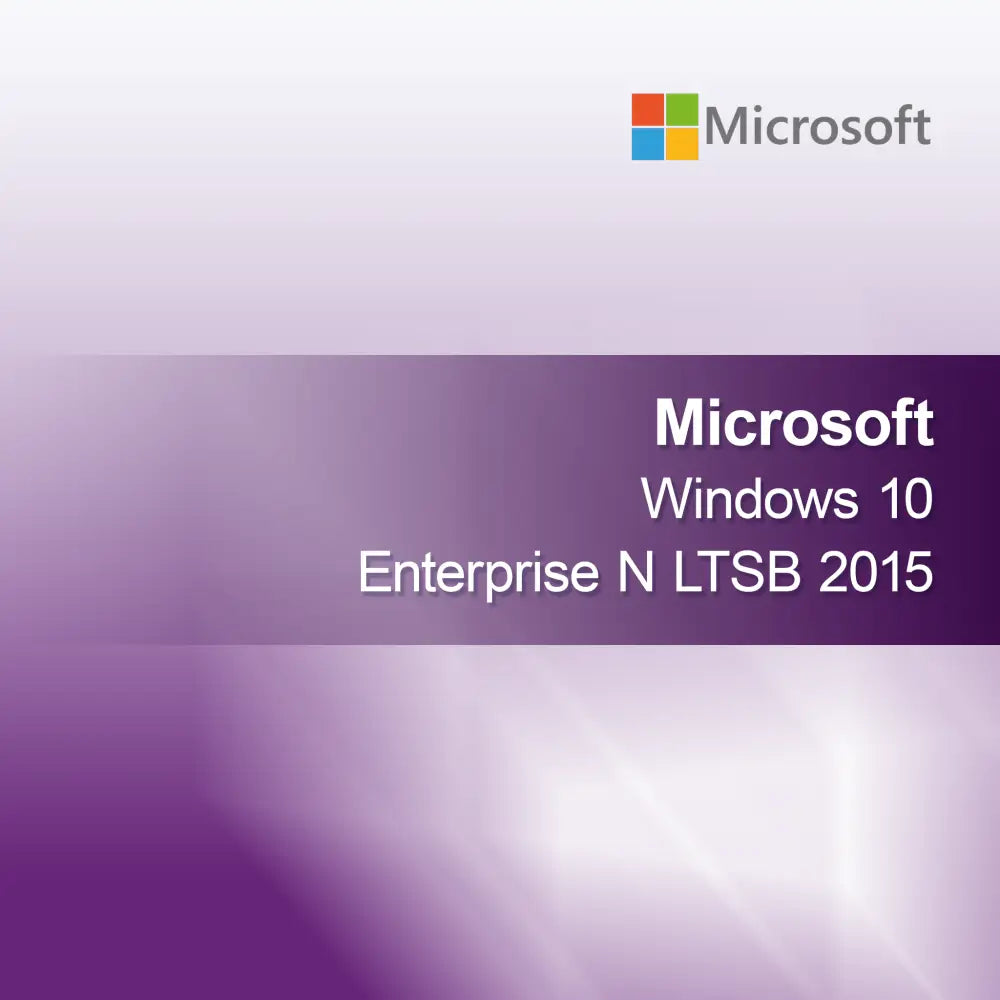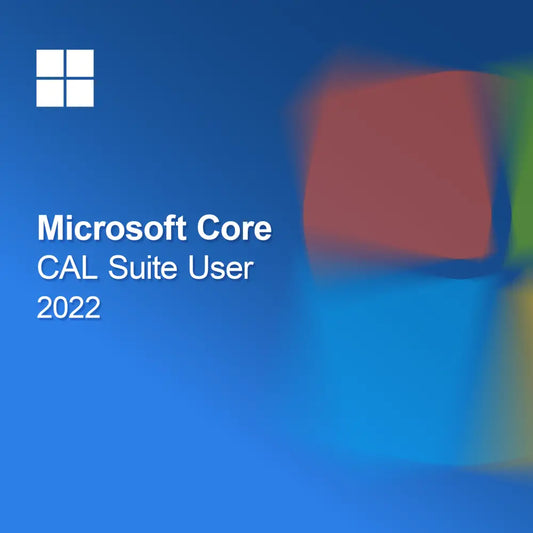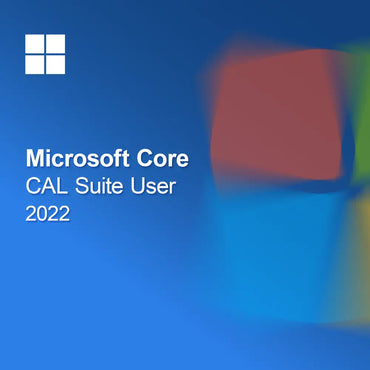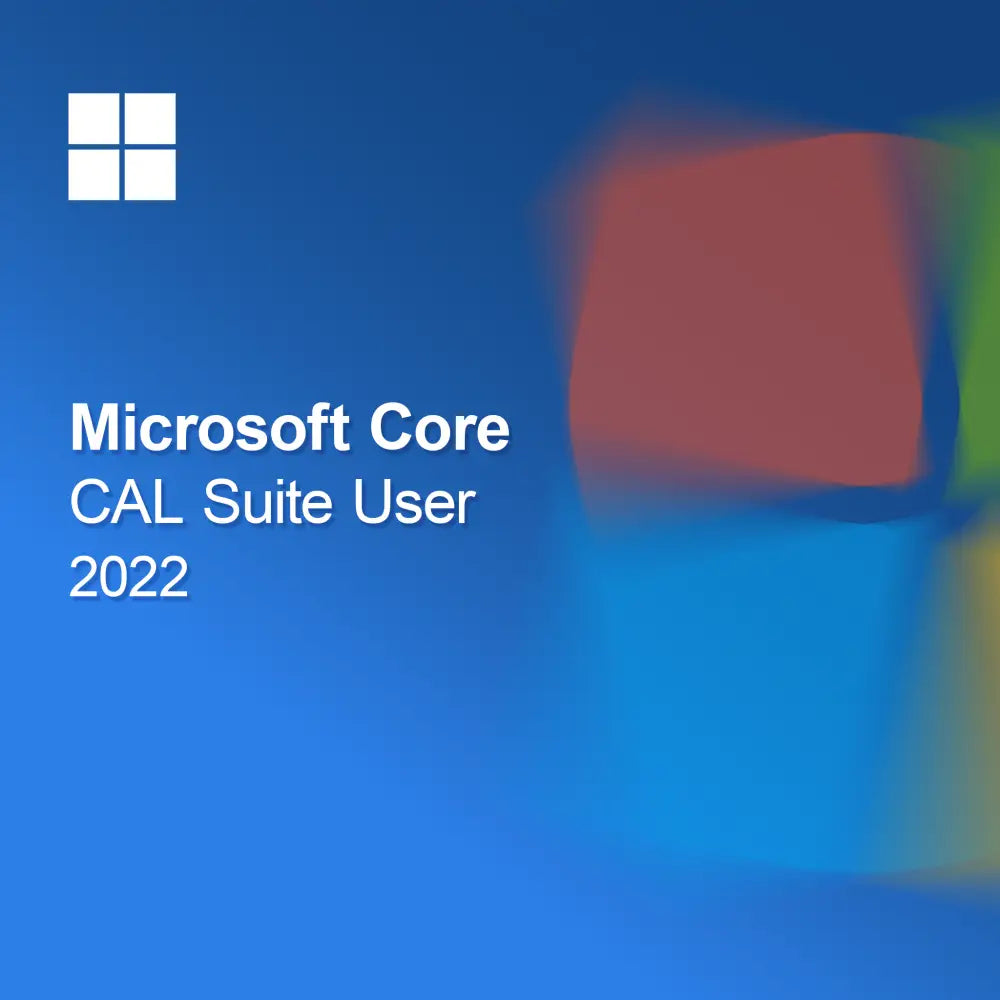-
Microsoft Exchange Server 2019 Enterprise
Regular price $2,365.00Sale price $2,365.00 Regular priceUnit price perMicrosoft Exchange Server 2019 Enterprise With the license key for Microsoft Exchange Server 2019 Enterprise, you get a powerful and reliable solution to optimize your email...
-
Windows Server 2019 Device CAL
Regular price From $28.00Sale price From $28.00 Regular priceUnit price perWindows Server 2019 Device CAL With the Windows Server 2019 Device CAL license key, you secure a powerful and stable server environment tailored specifically to the...
-
Microsoft Windows Server 2025 User CAL
Regular price From $54.00Sale price From $54.00 Regular priceUnit price perMicrosoft Windows Server 2025 User CAL With the license key for Microsoft Windows Server 2025 User CAL, you secure a modern and powerful server solution that...
-
Microsoft Windows Server 2025 Datacenter Core AddOn
Regular price From $710.00Sale price From $710.00 Regular priceUnit price perMicrosoft Windows Server 2025 Datacenter Core AddOn With the license key for the Microsoft Windows Server 2025 Datacenter Core AddOn, you receive a powerful and stable...
-
Skype for Business Server Standard 2019 User CAL
Regular price $50.00Sale price $50.00 Regular priceUnit price perSkype for Business Server Standard 2019 User CAL With the license key for Skype for Business Server Standard 2019 User CAL, you get a reliable and...
-
Microsoft SQL Server 2014 Standard 1 Device CAL
Regular price $82.00Sale price $82.00 Regular priceUnit price perMicrosoft SQL Server 2014 Standard 1 Device CAL With the license key for Microsoft SQL Server 2014 Standard 1 Device CAL, you get a reliable and...
-
Windows 10 Pro for Workstation
Regular price $190.00Sale price $190.00 Regular priceUnit price perWindows 10 Pro for Workstation With the license key for Windows 10 Pro for Workstation, you get a powerful and stable work environment specially designed for...
-
Microsoft Windows 10 Enterprise N LTSC 2021
Regular price $308.00Sale price $308.00 Regular priceUnit price perMicrosoft Windows 10 Enterprise N LTSC 2021 With the license key for Microsoft Windows 10 Enterprise N LTSC 2021, you secure a powerful and stable operating...
-
Microsoft SQL Server 2016 Standard 1 Device CAL
Regular price $93.00Sale price $93.00 Regular priceUnit price perMicrosoft SQL Server 2016 Standard 1 Device CAL With the license key for Microsoft SQL Server 2016 Standard 1 Device CAL, you get a robust and...
-
Microsoft Windows 10 Enterprise N LTSB 2015
Regular price $142.00Sale price $142.00 Regular priceUnit price perMicrosoft Windows 10 Enterprise N LTSB 2015 With the license key for Microsoft Windows 10 Enterprise N LTSB 2015, you get a powerful and stable operating...
-
Windows Server 2019 Essentials
Regular price $284.00Sale price $284.00 Regular priceUnit price perWindows Server 2019 Essentials With the license key for Windows Server 2019 Essentials, you get a reliable and powerful solution to efficiently manage your business and...
-
Microsoft Core CAL Suite User 2022
Regular price $83.00Sale price $83.00 Regular priceUnit price perMicrosoft Core CAL Suite User 2022 With the license key for the Microsoft Core CAL Suite User 2022, you gain quick and secure access to an...
Server & Client
What are servers and clients?
Servers and clients are fundamental components in network architecture. A server is a powerful computer that provides resources, data, or services to other computers called clients. Clients are usually less powerful and access the resources provided by the server. This structure enables efficient use of data and applications in a network, whether locally or over the Internet.
What types of servers are there?
There are different types of servers, each fulfilling specific functions. Web servers host websites and deliver content to browsers. Database servers store and manage data, while file servers provide files to clients. Application servers run applications and make them available to clients. Each server type plays a crucial role in network architecture and contributes to overall functionality.
How do servers and clients communicate with each other?
Communication between servers and clients takes place over networks, usually using the Internet Protocol (IP). Clients send requests to the server, which processes these requests and returns the corresponding data or services. This interaction can occur via various protocols such as HTTP, FTP, or SMTP, depending on the type of information requested. A stable network connection is crucial for smooth communication.
What are the advantages of server-client architectures?
Server-client architectures offer numerous advantages, including centralized data management, improved security, and easier maintenance. By storing data centrally on servers, clients can efficiently access information without needing local copies. This structure also allows better control over security policies and updates, as changes can be made centrally on the server, simplifying management.
- Centralized data management for easier access
- Increased security through centralized control
- Simple maintenance and software updates
How do I choose the right server for my needs?
Choosing the right server depends on various factors, including the type of applications you want to run, the number of clients, and the required performance. Also consider scalability to meet future demands. It is advisable to analyze your company's specific requirements and, if necessary, consult a professional to find the best solution.
What are the most common challenges in server-client architectures?
In server-client architectures, various challenges can arise, such as network congestion, security risks, and downtime. A high number of clients accessing the server simultaneously can affect performance. Furthermore, security measures must be implemented to protect data from unauthorized access. Regular maintenance and monitoring are necessary to ensure system availability and security.
How can I optimize my server's performance?
To optimize your server's performance, you should regularly perform software updates and keep the hardware up to date. Monitoring server load can also help identify bottlenecks early. Additionally, implementing load balancing and caching techniques can increase efficiency. A well-planned server architecture significantly contributes to the performance of your network.
